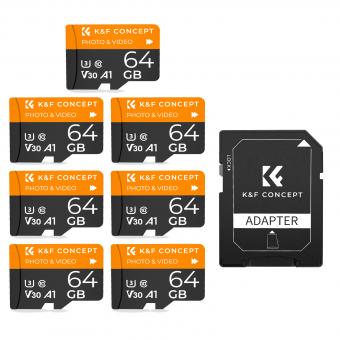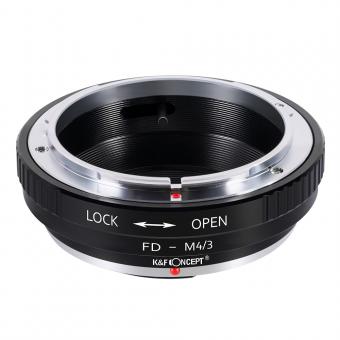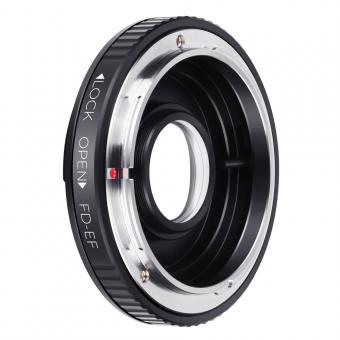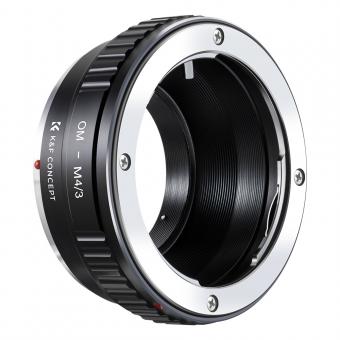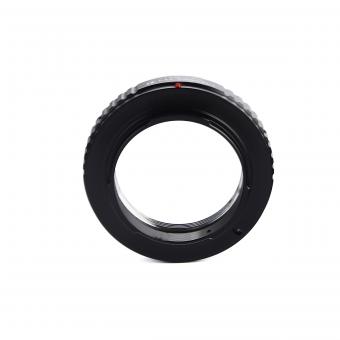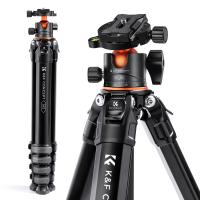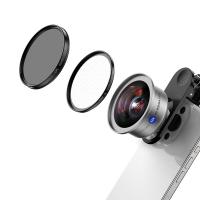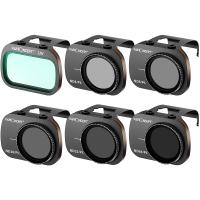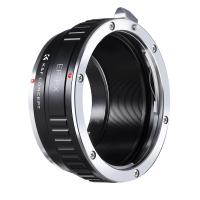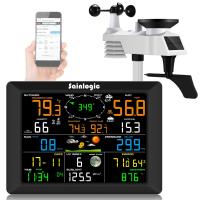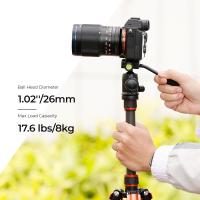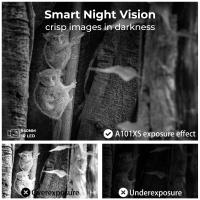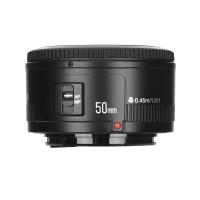Can Surveillance Cameras Be Edited ?
Surveillance cameras themselves cannot be edited as they are physical devices used for capturing and recording video footage. However, the video footage captured by surveillance cameras can be edited using video editing software. This editing can involve tasks such as trimming, cropping, enhancing, or adding effects to the footage. The purpose of editing surveillance footage is typically to improve its quality, highlight specific events or details, or create a more concise and coherent presentation of the recorded events. It is important to note that editing surveillance footage should be done ethically and within legal boundaries, ensuring that the integrity and accuracy of the original footage are maintained.
1、 Technical feasibility of editing surveillance camera footage
The technical feasibility of editing surveillance camera footage is a complex and evolving topic. While it is technically possible to edit surveillance camera footage, there are several factors that determine the ease and success of such editing.
Firstly, the type of surveillance camera system plays a crucial role. Analog systems, which record footage onto physical tapes, are generally more susceptible to editing as the tapes can be easily manipulated. However, modern digital surveillance systems, which store footage on hard drives or in the cloud, have more advanced security measures in place to prevent unauthorized editing. These systems often use encryption and authentication protocols to ensure the integrity of the footage.
Secondly, the level of expertise and access to specialized software is a significant factor. Skilled individuals with knowledge of video editing software and techniques may be able to manipulate surveillance footage, but this requires a certain level of technical proficiency. Additionally, access to the original footage or the system itself may be necessary for successful editing.
Lastly, advancements in technology have made it increasingly difficult to edit surveillance camera footage without leaving traces. Many modern surveillance systems employ tamper-proof features that can detect any alterations made to the footage. These features include digital signatures, watermarking, and checksums, which can help identify any tampering attempts.
It is important to note that while editing surveillance camera footage may be technically feasible, it is illegal and unethical to do so without proper authorization. The primary purpose of surveillance cameras is to enhance security and provide evidence in case of criminal activities. Any attempts to edit or manipulate footage can undermine the integrity of the system and compromise its effectiveness.
In conclusion, while it is technically possible to edit surveillance camera footage, the level of difficulty and success depends on various factors such as the type of system, expertise, and access to specialized software. However, it is crucial to emphasize that editing surveillance footage without proper authorization is illegal and unethical.
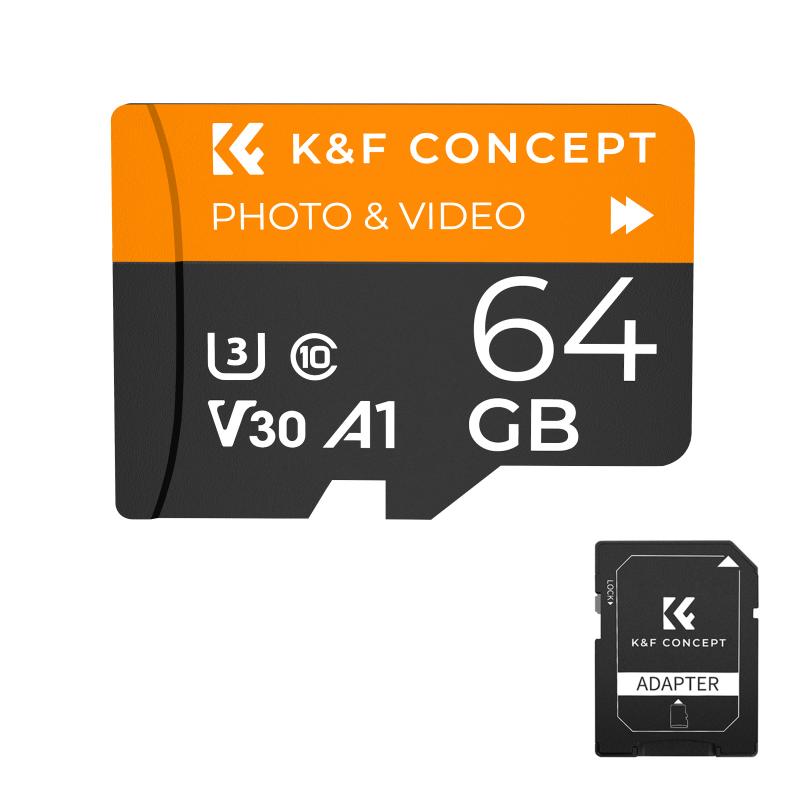
2、 Legal and ethical considerations of editing surveillance camera footage
Surveillance cameras can be edited, but the legality and ethics surrounding the editing of surveillance camera footage are important considerations.
From a technical standpoint, surveillance camera footage can be edited using various software tools. This editing can involve altering the video's content, such as cropping, enhancing, or even deleting certain parts of the footage. However, the legality of editing surveillance camera footage depends on the jurisdiction and the purpose for which the footage is being edited.
In many cases, editing surveillance camera footage for legitimate purposes, such as enhancing the quality or clarity of the video, is generally considered legal and ethical. Law enforcement agencies, for example, may edit footage to improve the identification of suspects or enhance the overall investigative process. Similarly, businesses may edit footage to extract relevant information for internal investigations or to comply with legal requirements.
However, editing surveillance camera footage for malicious purposes, such as tampering with evidence or manipulating the truth, is highly illegal and unethical. Altering footage to frame innocent individuals or to hide criminal activities can have serious consequences and undermine the integrity of the justice system.
It is worth noting that the latest point of view on editing surveillance camera footage revolves around the need for transparency and accountability. As technology advances, there is a growing demand for clear guidelines and regulations regarding the editing of surveillance camera footage. This includes ensuring that any edits are properly documented, maintaining a chain of custody, and establishing strict protocols for authorized personnel to prevent unauthorized tampering.
Ultimately, the legal and ethical considerations of editing surveillance camera footage should prioritize the protection of individual rights, the integrity of evidence, and the overall trust in the surveillance system.
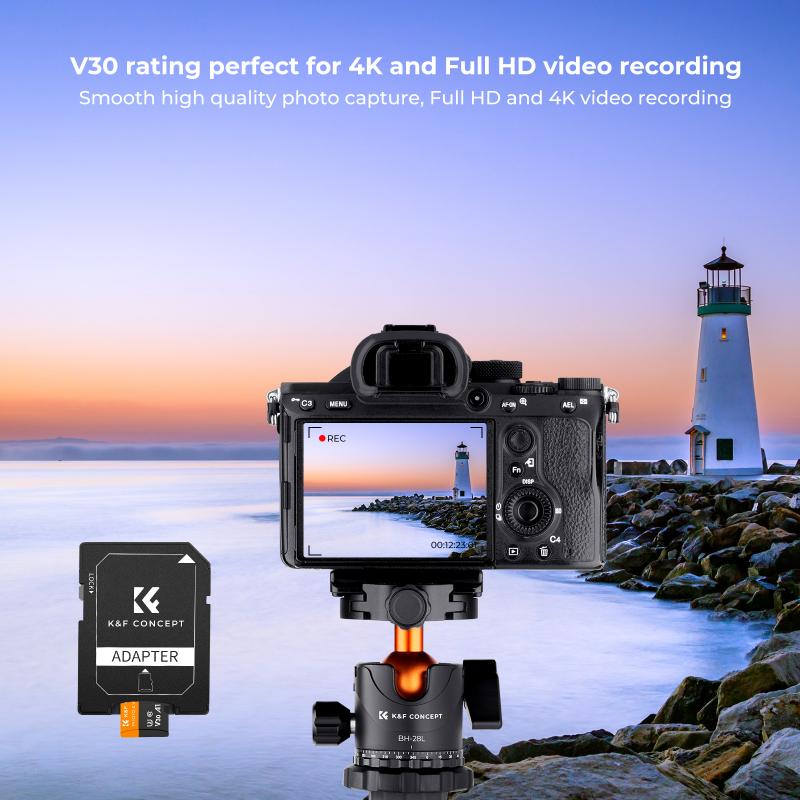
3、 Potential risks and consequences of edited surveillance camera footage
Surveillance cameras can be edited, but it is important to note that editing surveillance camera footage is illegal and unethical. The purpose of surveillance cameras is to provide accurate and reliable evidence of events that occur in their field of view. Editing footage undermines the integrity of the surveillance system and can have serious consequences.
One potential risk of edited surveillance camera footage is the distortion of truth. By manipulating the footage, individuals with malicious intent can alter events to fit their narrative or to frame innocent people. This can lead to false accusations, wrongful convictions, and a breakdown of trust in the justice system.
Another consequence of edited surveillance camera footage is the erosion of public safety. If people are aware that surveillance footage can be easily manipulated, they may become skeptical of its reliability. This skepticism can lead to a decrease in the effectiveness of surveillance systems as a deterrent to criminal activity.
Moreover, edited surveillance camera footage can also have negative implications for privacy. If individuals know that their actions can be altered and used against them, they may feel hesitant to engage in normal activities, leading to a chilling effect on personal freedoms.
From a technological standpoint, advancements in deepfake technology have made it easier to create convincing fake videos. This poses an even greater risk as it becomes increasingly difficult to distinguish between real and manipulated footage.
To combat these risks, it is crucial to implement strict security measures to protect surveillance camera systems from unauthorized access and tampering. Additionally, public awareness campaigns can educate individuals about the potential dangers of edited surveillance camera footage and the importance of relying on unaltered evidence.
In conclusion, while surveillance cameras can be edited, the risks and consequences associated with such actions are significant. It is essential to prioritize the integrity of surveillance systems to ensure public safety, protect privacy, and maintain trust in the justice system.
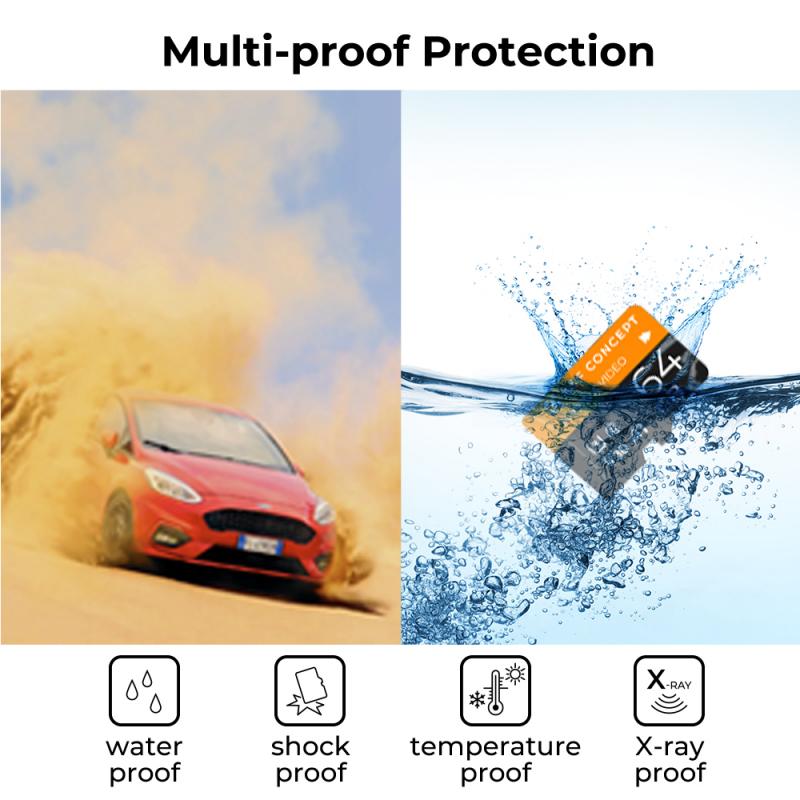
4、 Methods and tools for detecting edited surveillance camera footage
Methods and tools for detecting edited surveillance camera footage have significantly advanced in recent years. While it is technically possible to edit surveillance camera footage, it has become increasingly difficult to do so without leaving behind traces that can be detected by experts.
One of the most common methods used to detect edited footage is through the analysis of timestamps. Surveillance cameras typically record the date and time of each frame, and any discrepancies or inconsistencies in these timestamps can indicate that the footage has been tampered with. Additionally, experts can examine the video for any unnatural transitions or abrupt changes in the footage, which may suggest that certain portions have been edited or manipulated.
Another technique used to detect edited footage is through the analysis of video compression artifacts. When a video is compressed, certain artifacts are introduced, such as blockiness or blurring. These artifacts can be analyzed to determine if any parts of the footage have been altered.
Furthermore, advancements in forensic video analysis software have made it easier to detect edited footage. These tools can analyze various aspects of the video, such as motion patterns, lighting conditions, and object movements, to identify any inconsistencies or anomalies that may indicate editing.
It is important to note that while these methods and tools have greatly improved the ability to detect edited surveillance camera footage, there is always a possibility that highly skilled individuals may be able to manipulate the footage in a way that is difficult to detect. However, with the continuous advancements in technology and forensic analysis techniques, the chances of successfully editing surveillance camera footage without leaving any traces are becoming increasingly slim.







